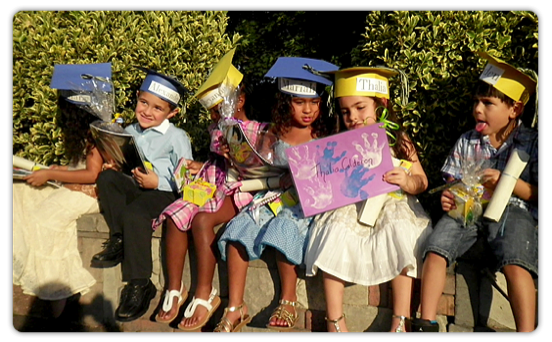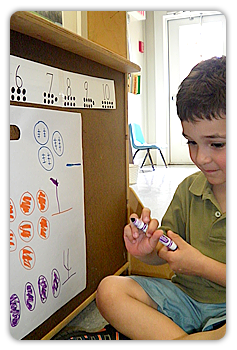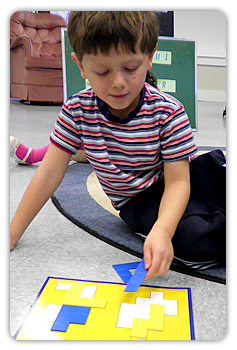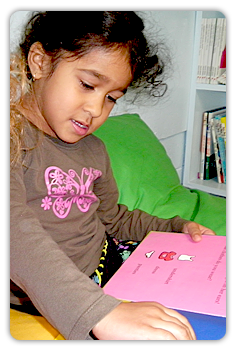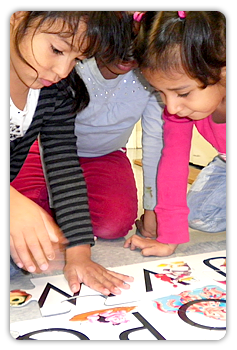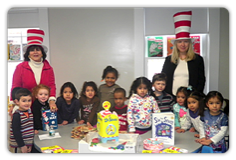@import((EC3))
Toddlers | 2 Year Old | 3 Year Old | Pre-K
The Pre-K Class

Four Year Old Children:
- Use and test their bodies while they run, dance, leap, and hop on one leg
- Develop fine motor skills while painting, drawing, cutting, and pasting
- Want to plan and carry out activities that interest them
- Have large vocabulary and a vivid imagination. Telling jokes or making up silly stories is a favorite way they interact with others
- Are learning about themselves and others: how to be a friend, a classmate, a part of a community
Goals:
Our preschool provides the children with hands-on active learning experiences in preparation for Kindergarten. We focus on healthy social emotional development and school readiness skills that foster self-regulation, problem-solving and decision-making such as:- Accepting and following routines and rules
- Managing emotions
- Delaying gratification
- Maintaining attention
- Building positive relationships with others
Pre-K Classroom
Pre-K classroom is organized into clearly defined learning centers that evolve as the curriculum changes. Materials and equipment selected for these centers foster creativity, exploration, and inquiry. Learning centers are accessible for children, are bright, attractive and inviting, foster active engagement, are clearly defined and labeled, and are equipped with age- appropriate materials that are integrated within the daily routine and curriculum plans.Reading - Children learn to read by trying to make sense of print they encounter in their everyday lives. Teachers support their efforts by making familiar written materials available to children throughout the day and by joining with children in pointing out a variety of signs and written words during outdoor excursions. The classrooms are Print Rich with word walls and thematic displays. Interest areas are stocked with reading materials appropriate to the area – block area has books about buildings, the science area has books about nature and science. Children are read to daily in groups
and individually.
At the Center we support children’s mathematical and literacy skills with games and materials that respect children’s’ need to be creative, competent and active explorers. The children work in small and whole group at a variety learning centers.
Teachers establish a climate in which children feel free to talk. The teachers place themselves at the children’s physical level to facilitate conversations with children. They listen carefully to what the children are saying and respond in a way that models, enhances and encourages conversation. They ask open ended questions that promote thought. The teachers focus on what the children say rather than on how they say it.
Teachers are viewed as learning facilitators who create a place for children to grow
and learn.
